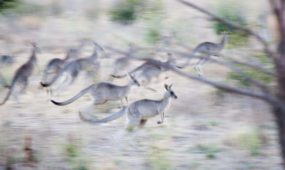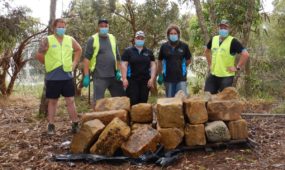Native oyster reef to revive South Australian waters
Environment
A second large-scale reef system will be developed in South Australia’s Gulf St Vincent to improve water quality and revive wild native oyster populations.

Sign up to receive notifications about new stories in this category.
Thank you for subscribing to story notifications.
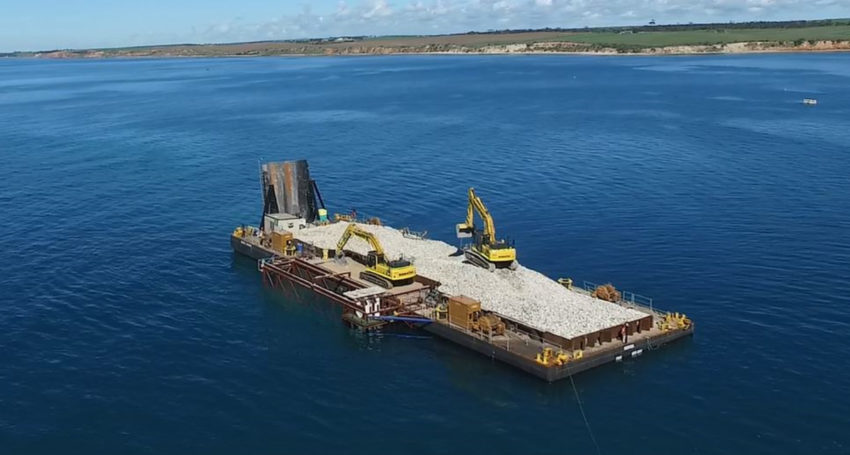
The new 2-hectare reef will be constructed off the coast of the state’s capital city Adelaide by The Nature Conservancy (TNC) and is being partially funded with a $1.2 million investment from the South Australian Government.
The project follows the construction of the largest man-made oyster reef system outside the United States on the other side of the South Australian gulf near Ardrossan.
The 20ha Windara reef network was built in two stages in 2017 and 2018 and includes almost 160 individual reefs constructed of limestone boulders and seeded with more than 50,000 of endangered Australian flat oysters.
Oyster reefs are considered the temperate water equivalent to coral reefs in tropical waters. Australia’s southern coastline was home to thousands of kilometres of oyster reefs before European settlement. But dredging to remove substrate for lime production and the harvesting of oysters for food wiped out all the reefs except for one off the coast of Tasmania.
Adult native oysters can filter more than 100 litres of water a day and excrete a mucus-like substance that is rich in nutrients and provides food for small shellfish that in turn provide food for larger fish.
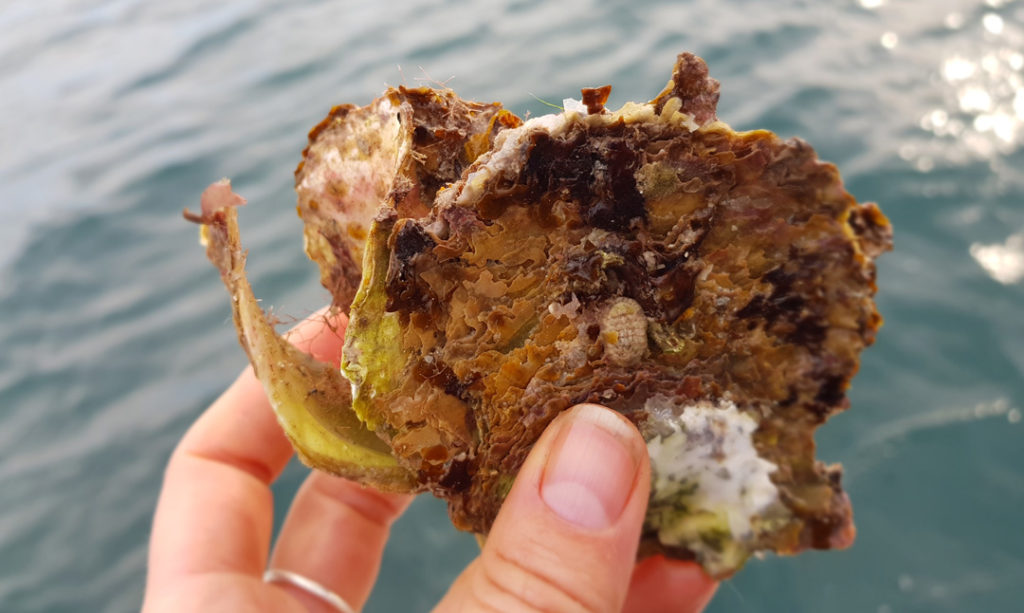
TNC has been involved in dozens of shellfish reef restoration projects, chiefly in the United States and is considered a global expert on their establishment.
Construction of the new Gulf St Vincent reef is expected to be completed by the end of 2020.
TNC’s Australian Director Rich Gilmore said the metropolitan shellfish reef would be built using a limestone reef base and seeded with hatchery-raised Australian Flat Oysters (Ostrea angasi) to re-create a living shellfish reef over the next several years.
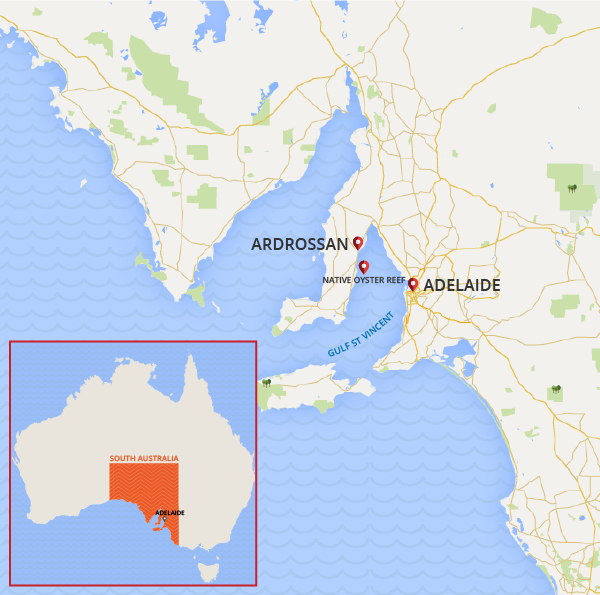
“Shellfish reefs once characterised the sheltered nearshore areas of South Australia, but from the mid-1800s to the mid-1900s reefs suffered – here and in many places around the world – from the impact of wild harvest, oyster dredging and water pollution,” he said.
“Shellfish reefs are now virtually absent from South Australian waters.
“With Windara Reef nearly completed and a new metropolitan shellfish reef in the works, over time as the oysters grow and develop, these reefs will deliver productive and resilient habitat for marine life.”
The reef will be closely monitored to provide important information about its health and the benefits to the Adelaide coastal environment. The exact location of the reef is yet to be decided but TNC is already exploring additional sources of funding to expand the reef.
The new reef is part of The Nature Conservancy’s National Reef Building Project that aims to rebuild 60 reefs in six years across Australia. If achieved, it will make Australia the world’s first nation to recover a critically endangered marine ecosystem. Other reef projects are located in Melbourne’s Port Phillip Bay, Western Australia and Queensland.
Jump to next article



